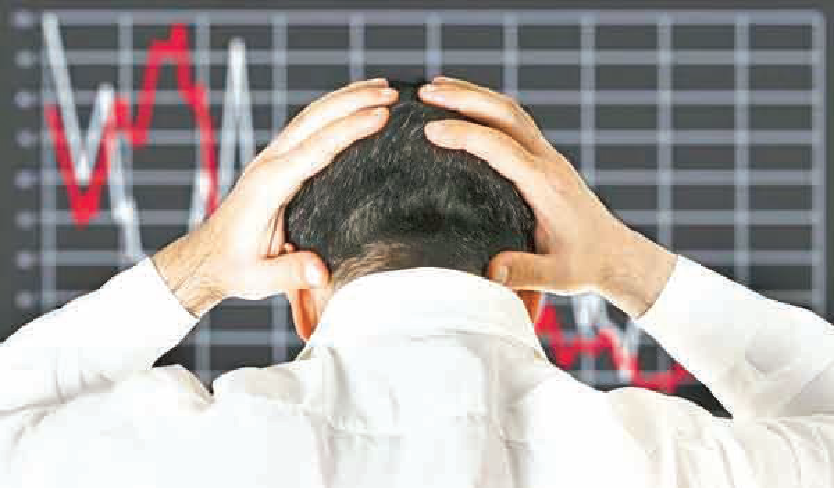
Childhood, education of the man who walked tall
Dr. Manmohan Singh, (1932- 2024) who passed away on Thursday was the main architect of India’s modern economy at a time when the nation faced a macroeconomic crisis of gargantuan proportions. Manmohan Singh was born in an agrarian family in 1932 in the village Gah of Jhelum of Punjab. Though officially his date of birth is recorded as September 26, he had told a biographer that there was confusion and in some records it was February 4, 1932. He lost his mother early and did not remember anything about her.
He was taken care by his grandfather and grandmother while his father took up a job in Peshawar. He joined Khalsa High School in Peshawar where he studied upto matriculation, a period when the subcontinent was undergoing tumultuous Partition. Riots erupted in all their ferocity and his grandfather was killed and wide swathes of homes were burnt to ashes. He distinctly remembered a fourword telegram (“father killed, mother safe”). This was received by his father from his brother (Manmohan Singh’s uncle) in Gah announcing the death of his grandfather. Due to Partition and riots, he had to appear for his matriculation exam twice, first in Peshawar and later in Amritsar. Around May-June 1947 he and the rest of his family migrated to Haldwani in a train under the protection of police escort. But later they all came to Amritsar where he first joined the Hindu College and later Khalsa College for his BA.
He got a scholarship of Rs. 176 for research at Punjab University, Hoshiarpur where he did his MA. He travelled by ship to London to join Cambridge University for research in Economics and came back to Punjab University to teach under the contract. But in 1960, he returned to London to join Oxford University for his Ph.D. After a few years of teaching in India, he joined the United Nations. At the young age of 40, in 1972, he became the Chief Economic Advisor in the Union Ministry of Finance. In 1976, he became the Secretary, Ministry of finance. In 1982, he was appointed Governor of the Reserve Bank of India and went on to head the Planning Commission from 1985 to 1987.
To everyone’s surprise, he was appointed as Finance Minister by Prime Minister PV Narasimha Rao. On the day Rao was engaged in picking the ministers, he sent a word to him to come to Rashtrapati Bhavan. He did not take it seriously and earned Rao’s anger. Singh and Rao worked tirelessly to bring about the transition of economy from socialist mode to liberalised format. They removed licence raj and opened the floodgates of FDI. He was nominated for Rajya Sabha in 1991 with his entry into politics. He even served as the Leader of Opposition in the Upper House from 1998 to 2004 when the Congress Party appointed him the Prime Minister, the first man to have completed two full consecutive terms after Nehru.
At Cambridge and in the UN, his closest friend was Dr. Mahboobul Haq from Pakistan who was later Finance Minister of Pakistan. On his invitation he visited Pakistan in 1968 and went to Peshawar and many other places he was associated in his childhood. But he did not want to visit Gah village where his grandfather was killed. He was very particular on visiting a bookshop in Peshawar to relive memory of his school days. The shopkeeper refused to accept money for books he bought. In his bedroom, in Delhi, hangs a watercolour of Gah given to him by the former President of Pakistan Pervez Musharraf.
 English daily published in Bengaluru & Doha
English daily published in Bengaluru & Doha






